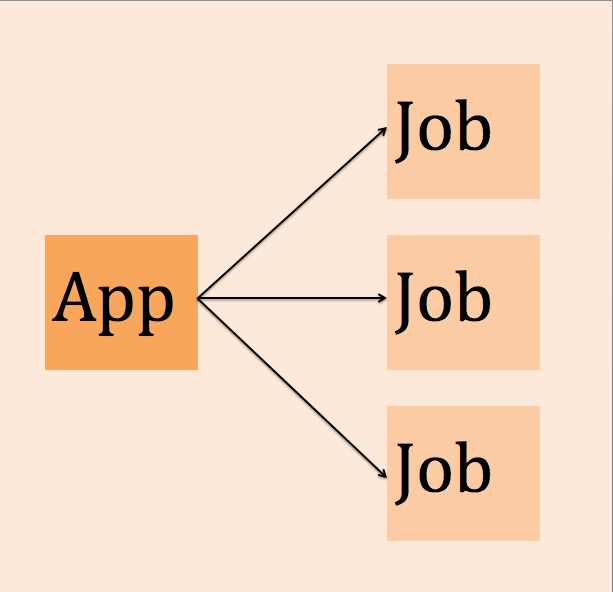FAQs About Changing Jobs
Post on: 16 Март, 2015 No Comment

What happens to my loan if I leave my employer?
If you have an outstanding balance on your loan and do not make arrangements to pay it back when you terminate employment, your loan will be considered in default and the outstanding balance would be treated as a taxable withdrawal. The provisions of your plan will outline the circumstances under which default occurs. Please refer to the Plan’s Summary Plan Description for additional information.
Can I leave my investments in the plan indefinitely?
No. The federal government will allow you to put off paying taxes on this money only for so long. The amount you must withdraw from your retirement plan is called an MRD, or minimum required distribution. The date you are generally required to begin taking distributions, called a required beginning date, will be determined by your plan’s rules, but is generally April 1 of the year after you reach age 70Ѕ or April 1 of the year after you retire, whichever is later. There is also a maximum period of time during which your benefits may be distributed, determined by your life expectancy.
What if I’m laid off or fired—can I still get my money?
Depending on your plan, if you’re laid off or fired you may have the same options for your money as when you leave your job for any other reason. You may be able to leave your money in the plan, roll your money over into an IRA or another employer’s qualified plan, or have the money distributed to you. You will owe applicable income taxes and penalties when you withdraw the money, unless you roll it over to another employer’s qualified plan or an IRA.
Can I leave some money in my previous employer’s plan and roll some of it over to my new employer’s retirement plan? Or into an IRA?

In most cases, yes. This is known as a partial rollover. Check with your previous and new employers to see if it’s possible for your situation. Generally speaking, most employers allow departing employees no matter what the reason (retirement, job change, laid-off, fired, etc.) to keep money invested in its retirement plan as long as their balance exceeds $5000 (or a lower amount as determined by the employer) and they are younger than age 70Ѕ. Some people choose partial rollovers because they like the investment choices in their previous employer’s plan, but they also like the choices in their new employer’s plan. Or, they may have an investment in their previous employer’s plan which they’re not quite ready to sell. On the other hand, investing in two different plans means that you’ll have to maintain paperwork for both plans, which can be cumbersome.
Can I roll over my retirement savings plan account balance into a Fidelity IRA?
Brokerage products and services are provided beyond your workplace retirement savings plan arrangement.














